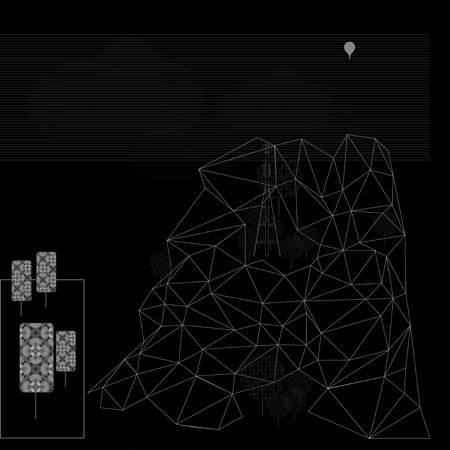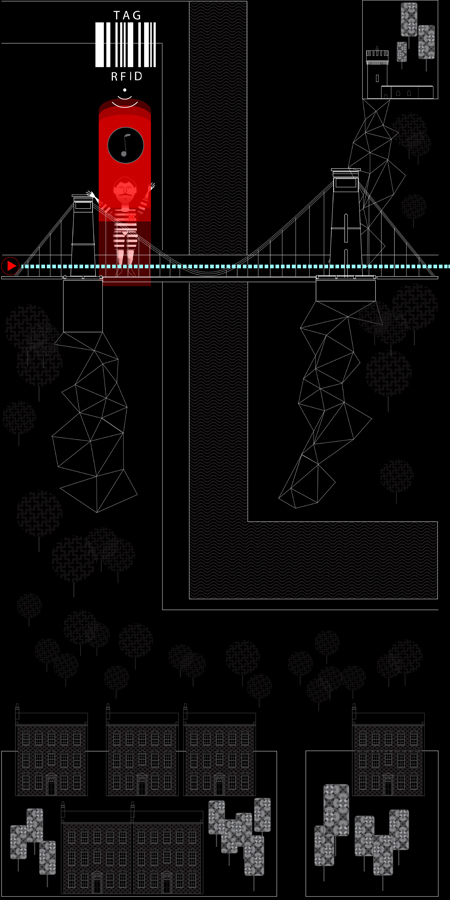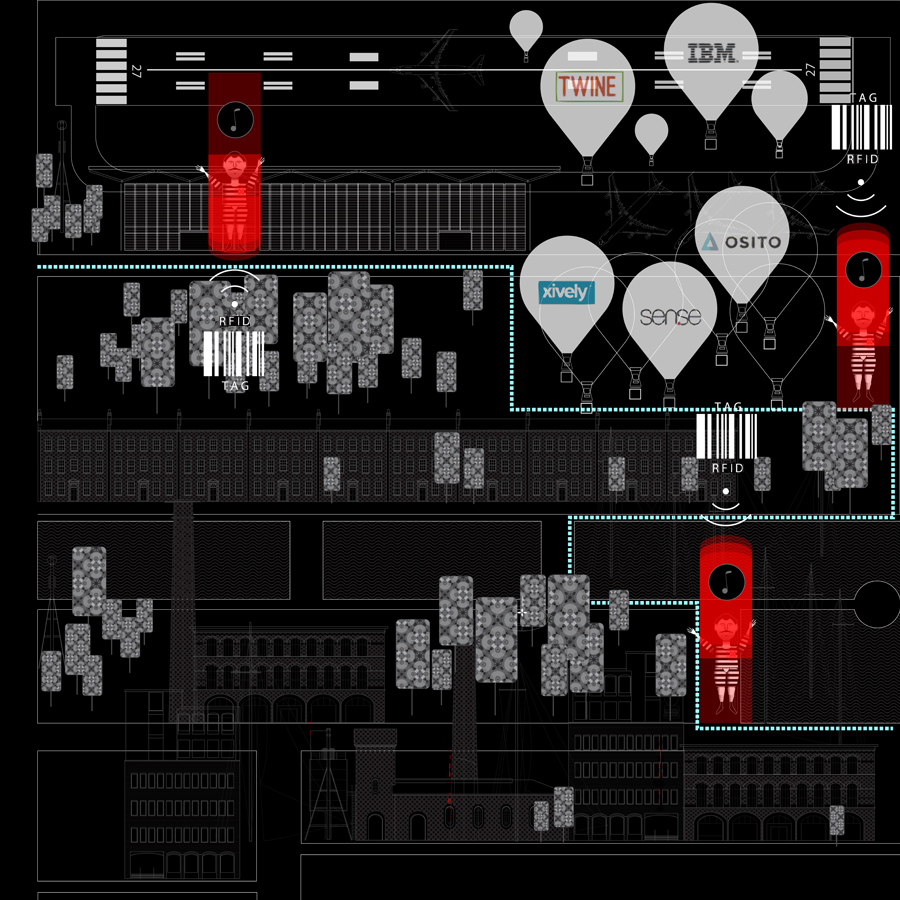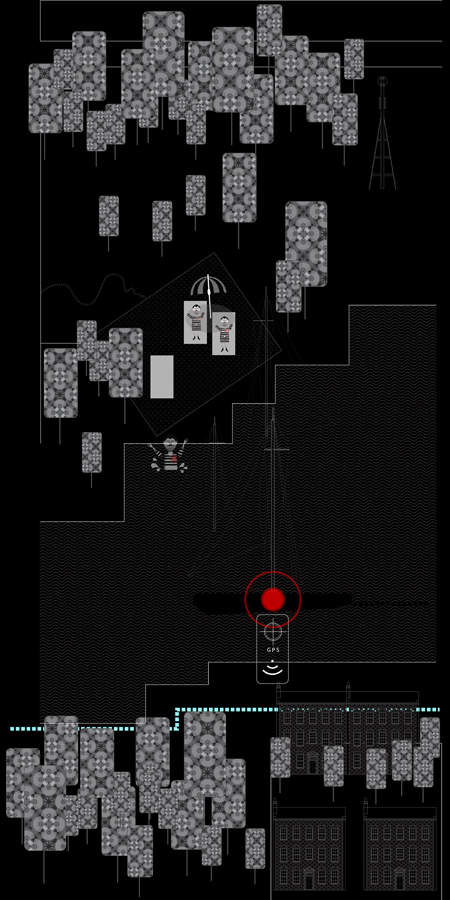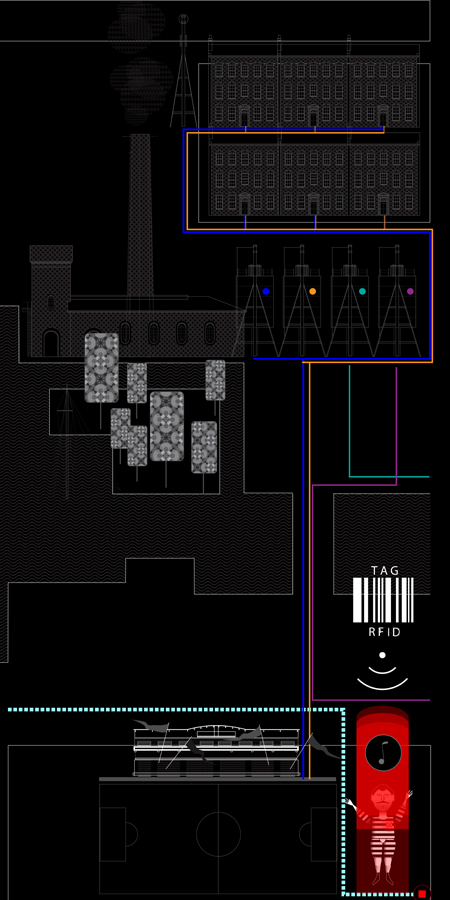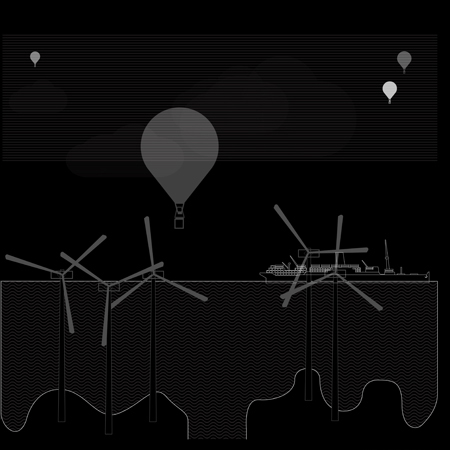 INFO
INFO
SoT RETAIL, SMART COMMERCIAL BUILDING.
***********************************************************************************
OBJECT ID: Implementing the Internet of Things in Retail has many advantages: with RFID-equipped items and smart shelves that track the present items in real time, a retailer can optimize many applications, like automatically checking of goods receipt, real time monitoring of stocks, tracking out-of-stocks or the detection of shoplifting.In the shop, IoT offers many applications like guidance in the shop according to a preselected shopping list, fast payment solutions like automatically check-out using biometrics, detection of potential allergen in a given product, personalized marketing if accepted, verification of the cool chain, etc. By tagging items and containers, greater transparency can be gained about the status of the shop floor, the location and disposition of lots and the status of production machines.
In this environment a smart shopping cart plays the central role. This cart is communicating with the customer’s handset using NFC and is also linked remotely to the store back office system using WiFi. The cart has proximity antennas to read smart tags, and a display to communicate with the customer. When customers enter the store, they can log-in into the loyalty system of the store which stores a shopping list for them that they may have prepared at home, using the store’s website. The cart’s screen also provides orientation about the location of the desired products.
AUDITORY DISPLAY FUNCTION: alarms, alerts, warnings
CLASS OF INTERACTION: active sound > intentional active sounds, full sonification
MODEL BASED: sound recording data, general acoustical data, abstract data
DATA PROPERTIES AND NOTES: quantitative (numerical), qualitative (verbal)
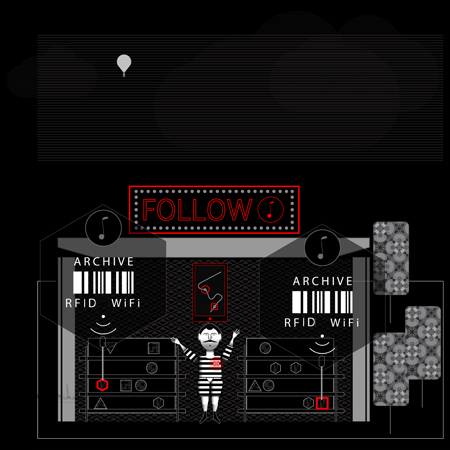
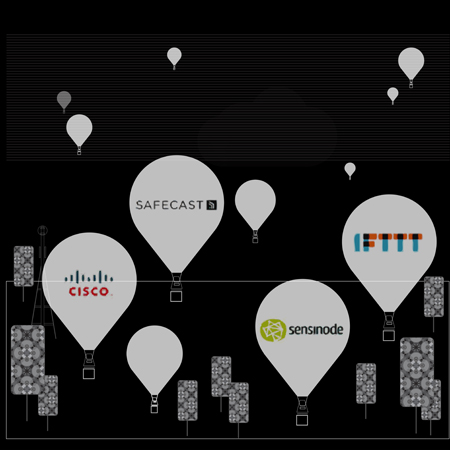 INFO
INFO
INTERNET OF THINGS ECO-SYSTEM
***********************************************************************************
The initiatives of IBM (Smarter Planet: "instrument the world's systems, interconnect them, make them intelligent") and Cisco ( Intelligent Urbanization: "using the network as a utility for integrated city management"), but also General Electric (Ecomagination: "solve today's environmental challenges and benefit customers and society at large") and other multinational companies, are examples of the contribution of the Internet of Things to the development of Smart Cities. IoT will create the possibility of merging of different telecommunication technologies and create new services.
One example is the use of GSM, NFC (Near Field Communication), low power Bluetooth, WLAN, multi hop networks, GPS and sensor networks together with SIM-card technology. In these types of applications the Reader/tag is part of the mobile phone, and different applications share the SIM-card. NFC enables communications among objects in a simple and secure way just by having them close to each other.
SOUND OF THINGS = PLAY THE IoT INTELLIGENCE
***********************************************************************************
Seeing with Your Ears: Visualizing Data with Sound.
What is a data sonification? That's when you interpret data through sound rather than visuals. Why would we do this? Certain aspects of perception of sound, like the ability to experience patterns rather than just see them, the detailed temporal resolution, its immersive nature, etc, make it an interesting method of conveying information.
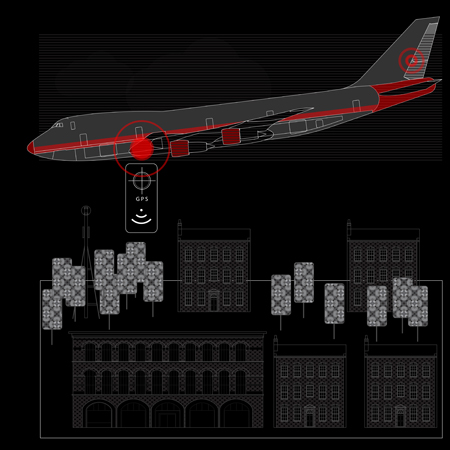 INFO
INFO
SoT AUTOMOTIVE, VEHICLE-TO-VEHICLE and VEHICLE-TO-INFRASTRUCTURE COMMUNICATION
***********************************************************************************
OBJECT ID: Vehicle-to-vehicle (V2V) and vehicle-to-infrastructure (V2I) communications with Dedicated Short Range Communication (DSRC), will significantly advance Intelligent Transportation Systems (ITS) applications such as vehicle safety services and traffic management and will be fully integrated in the IoT infrastructure.
The vehicle itself is also considered as a ‘thing’, enabling it to make automatic emergency calls or breakdown calls when appropriate, collecting as much data as possible from surrounding ‘things’, such as the vehicle parts itself, the supporting transportation infrastructure (road/ rail/ etc.), other vehicles in the vicinity, sensors in the load it is carrying (humans, goods, etc).
AUDITORY DISPLAY FUNCTION: alarms, alerts, warnings, art, entertainment, leisure
CLASS OF INTERACTION: active sound > intentional active sounds/ passive sound > external source, full sonification
MODEL BASED: sound recording data, general acoustical data, abstract data
DATA PROPERTIES AND NOTES: quantitative (numerical), qualitative (verbal)
